WILLIAM ACHEFF
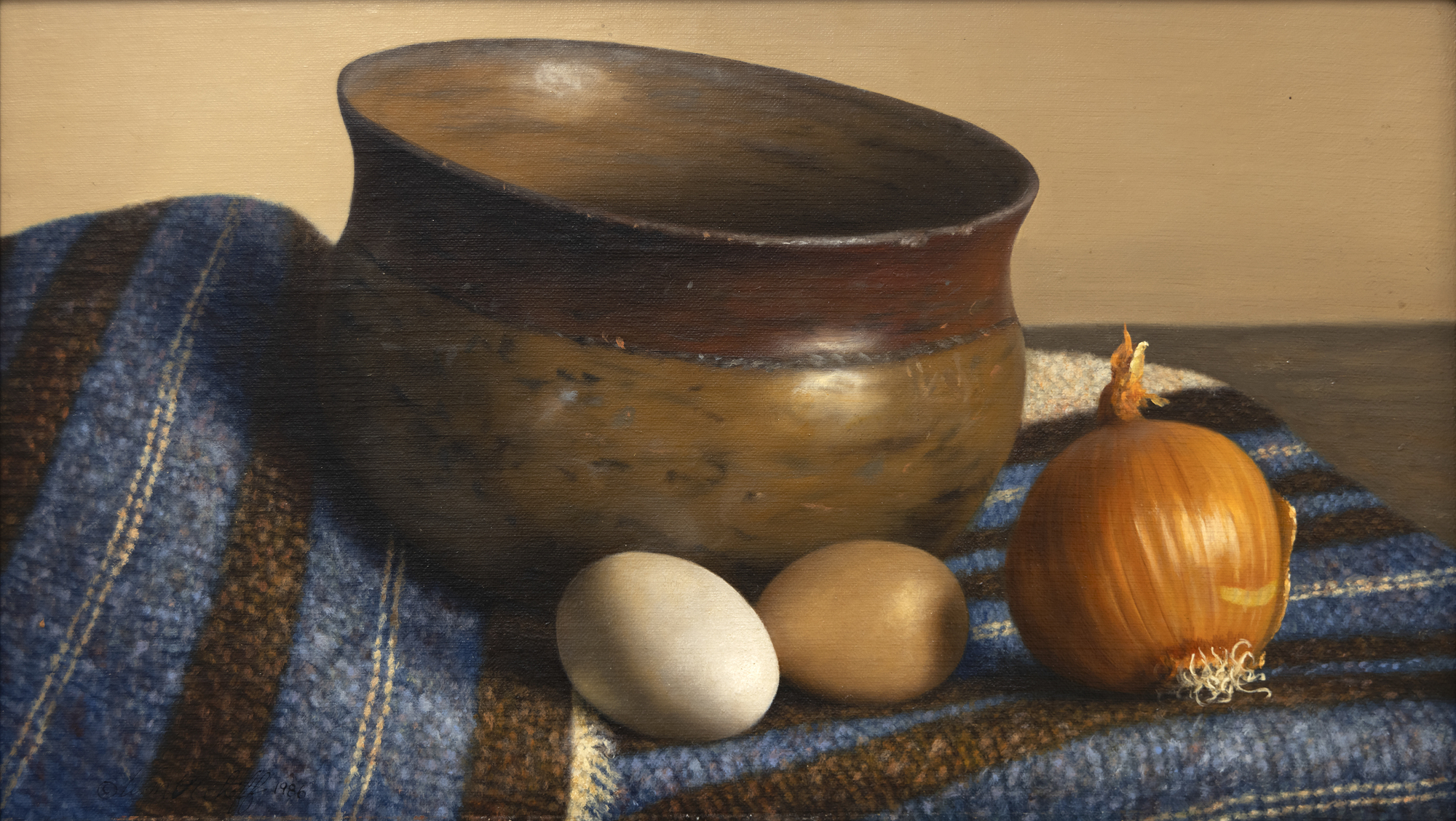
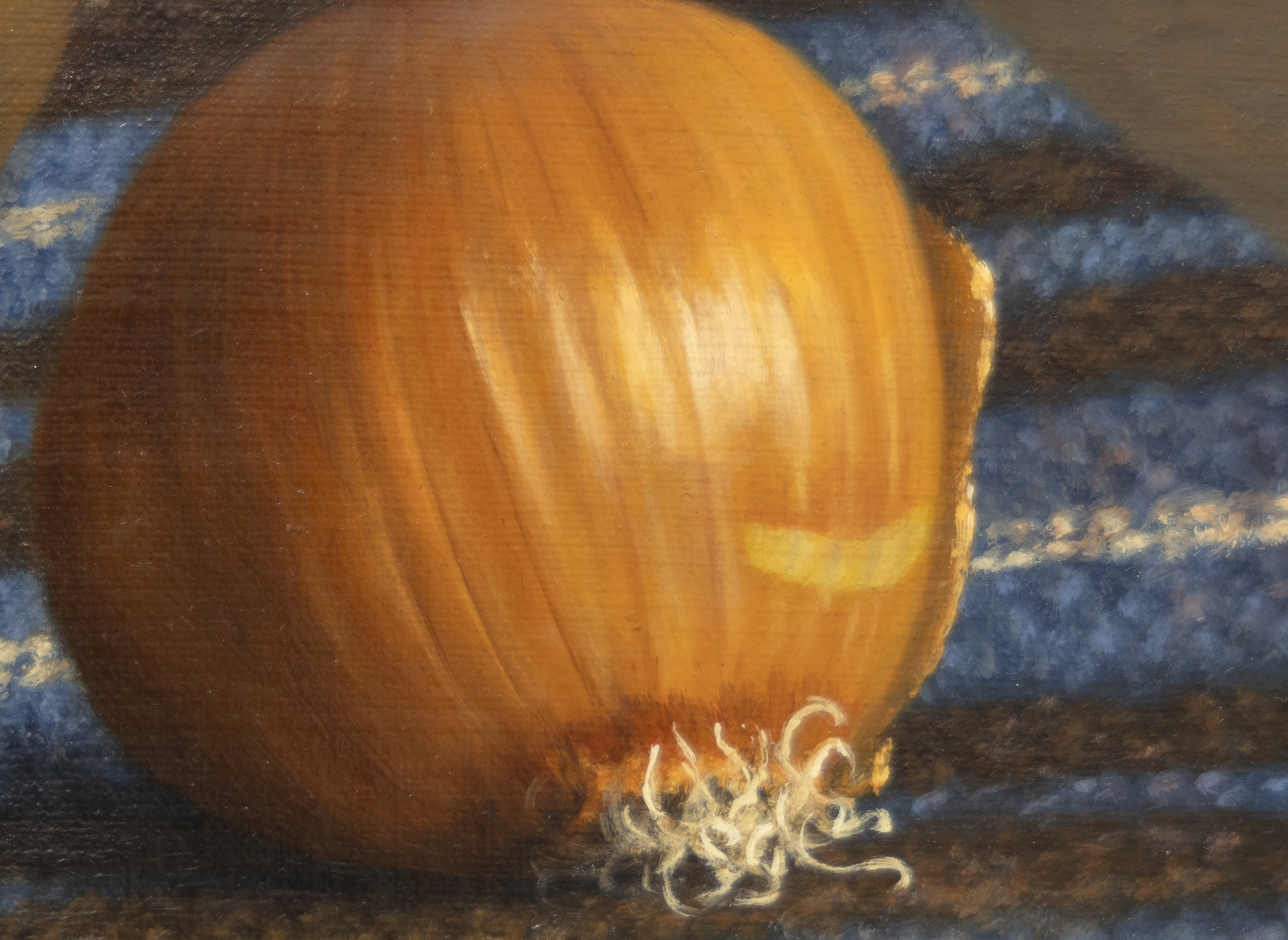
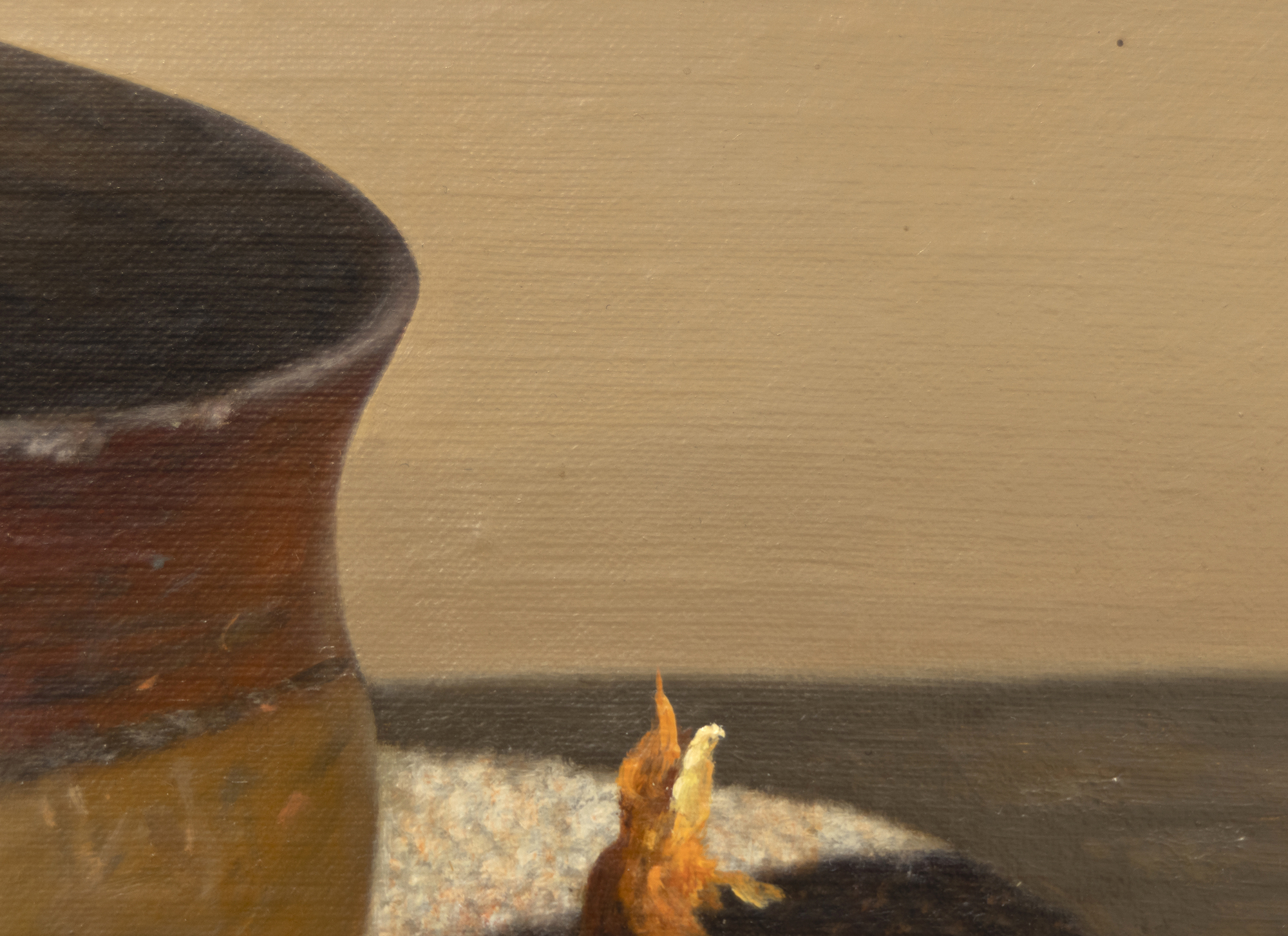
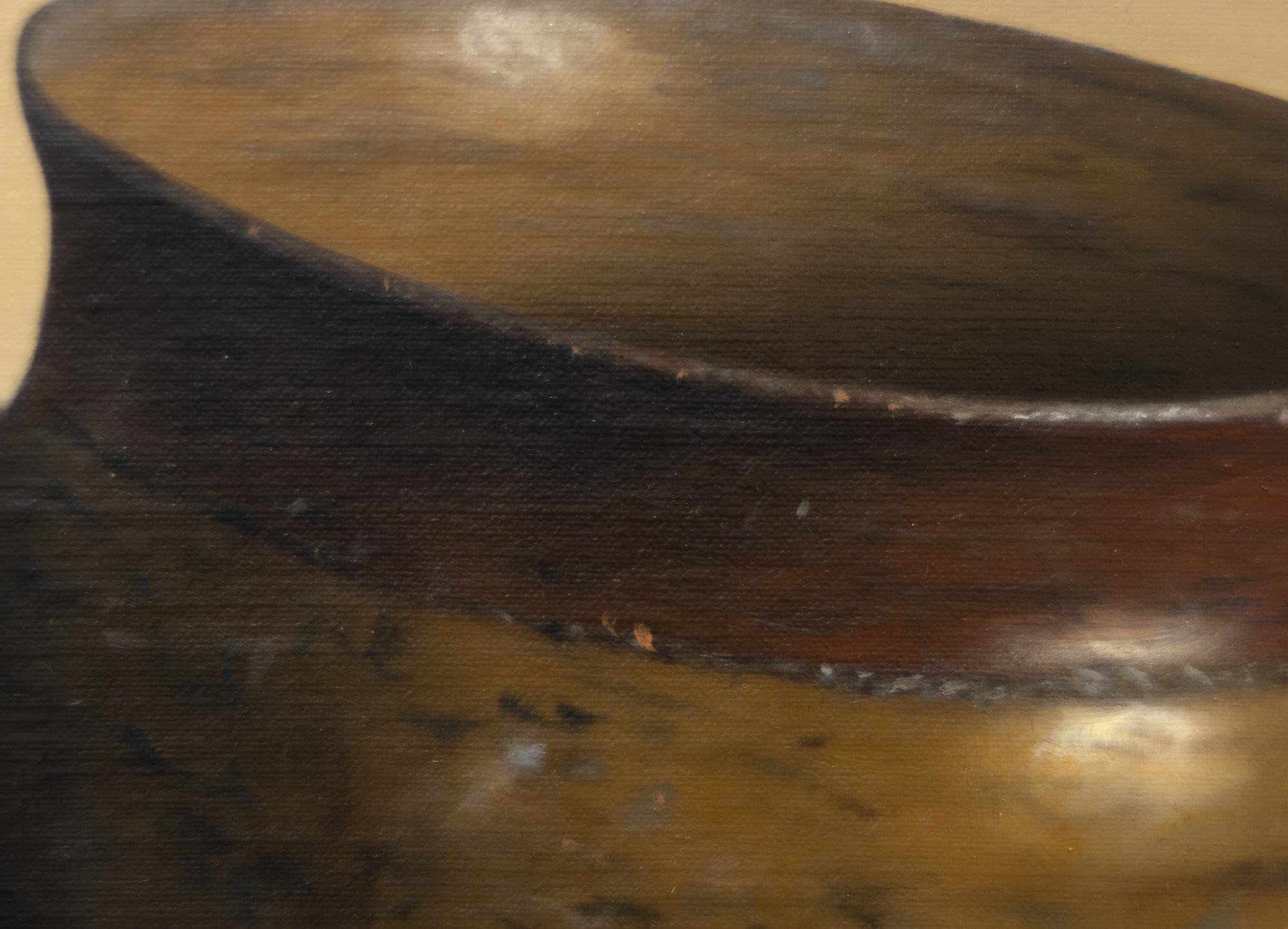
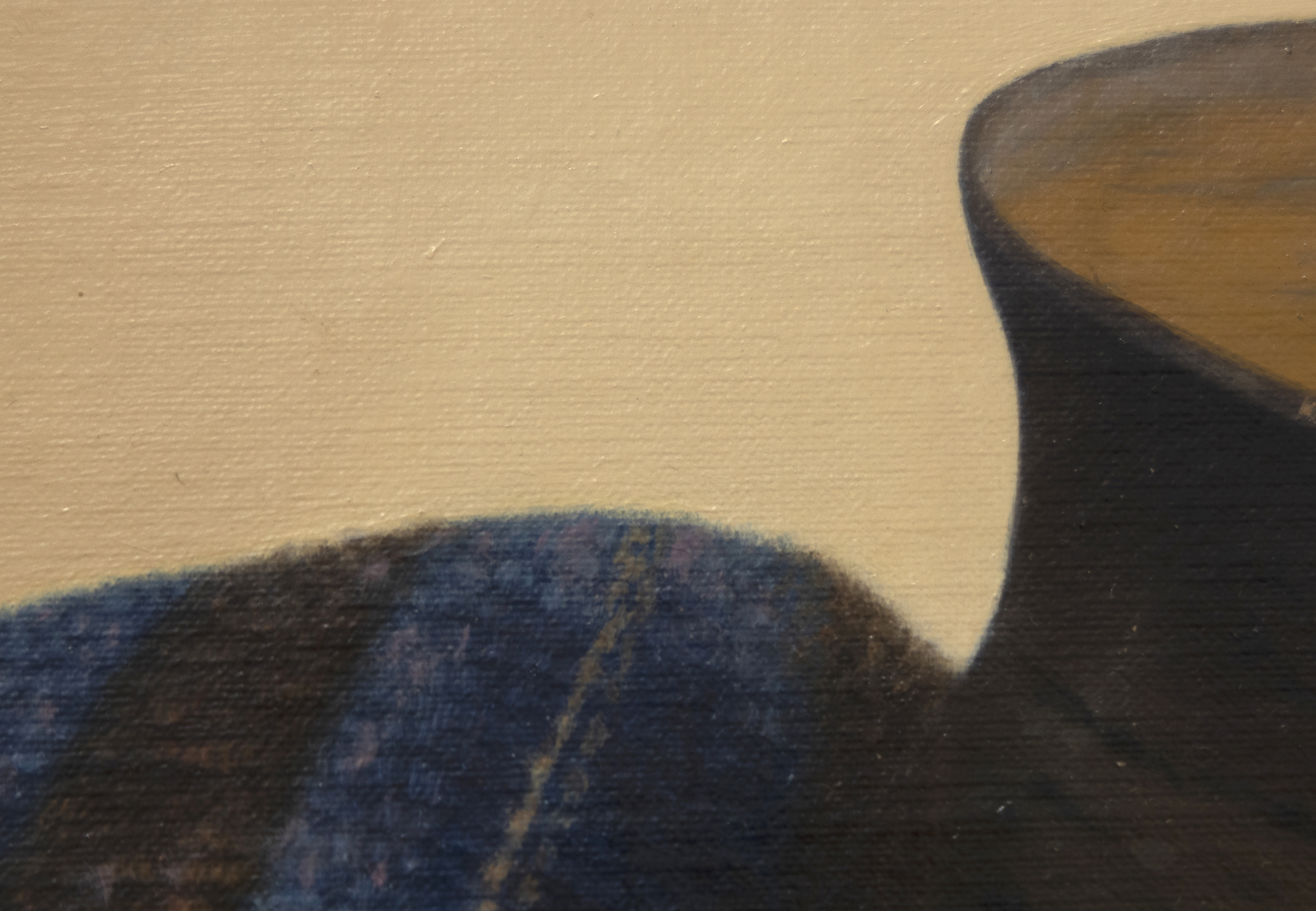
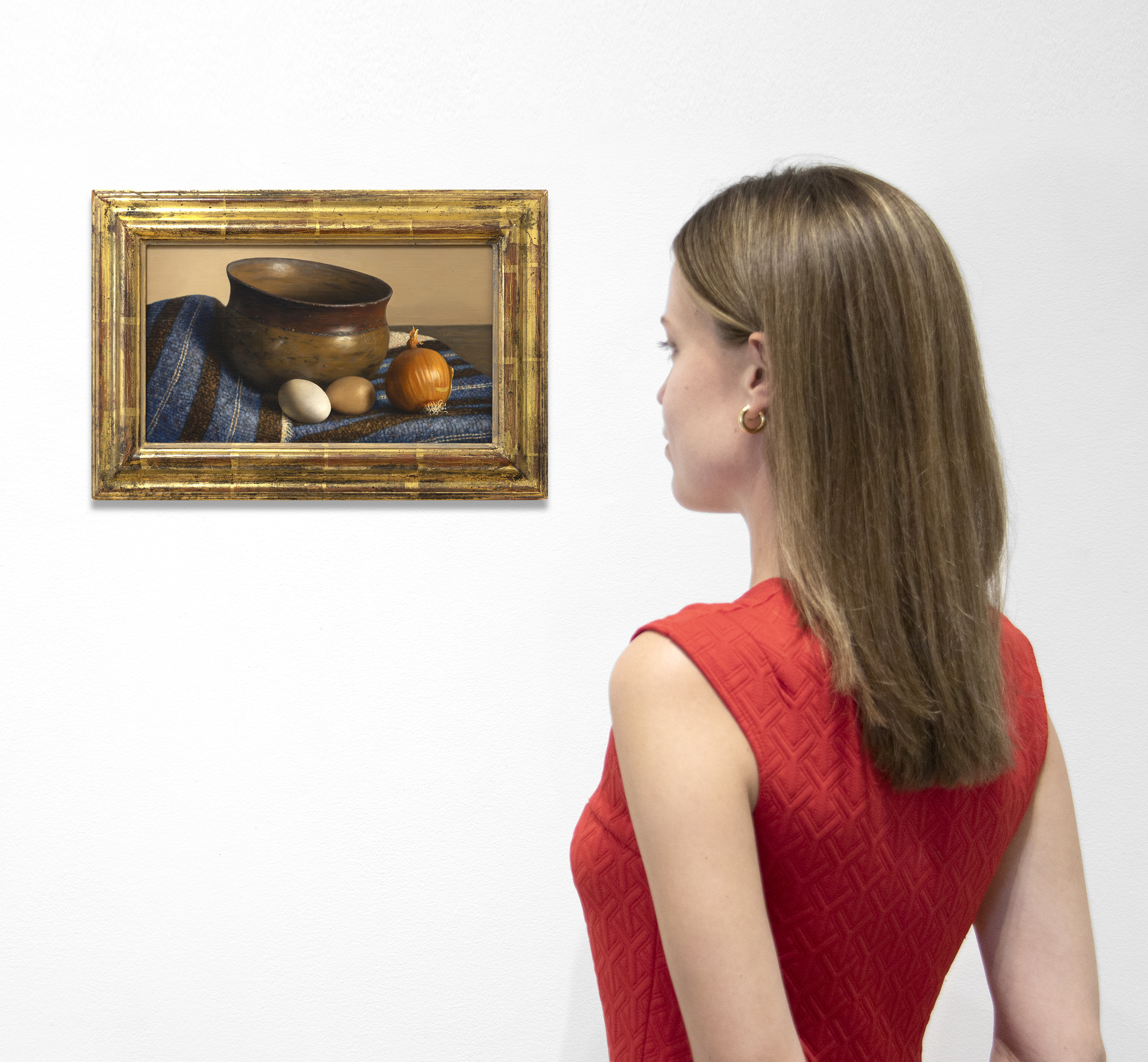
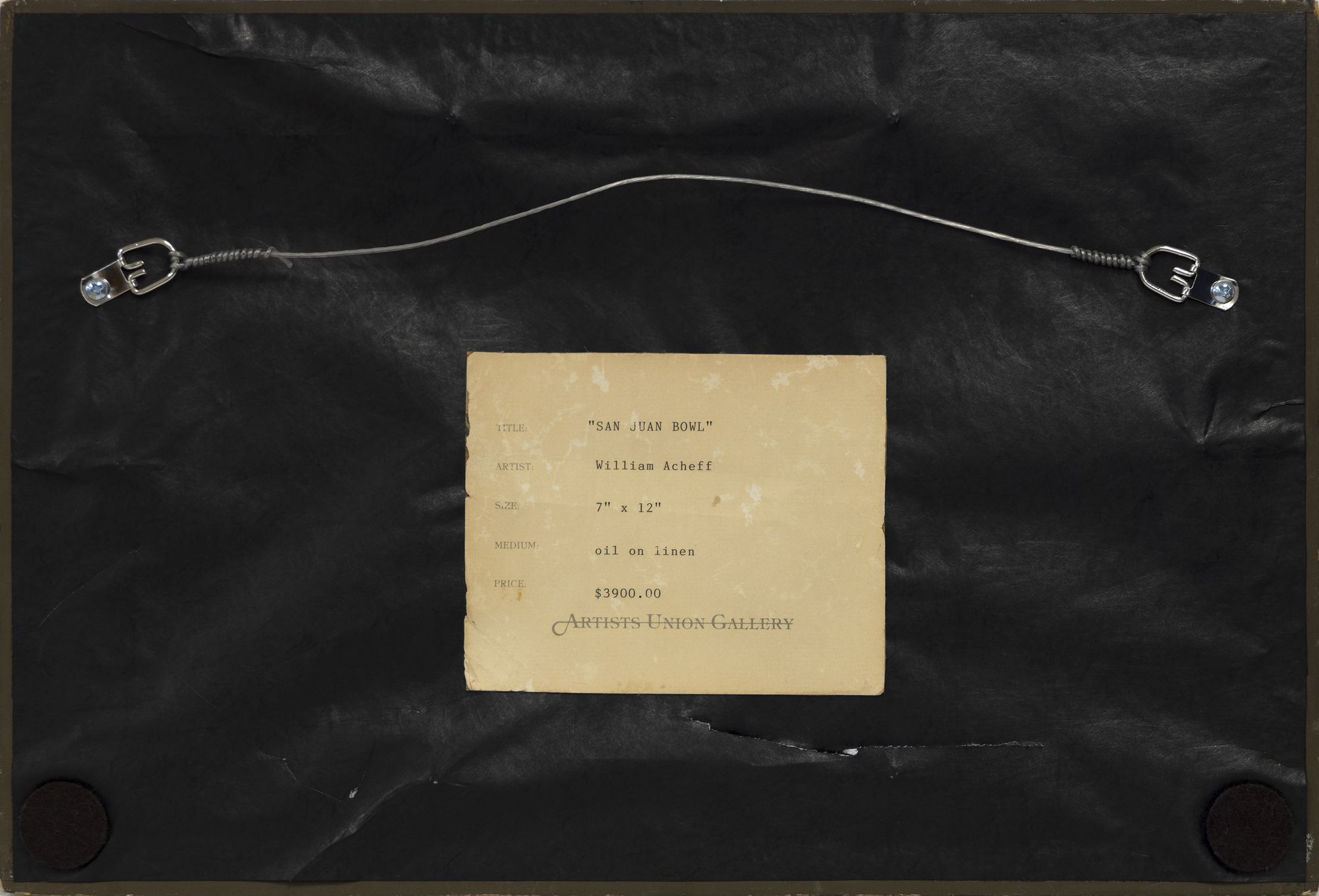
Provenienz
Private SammlungDie hier gezeigte Schale stammt aus San Juan, einem Pueblo mit einer reichen Tradition in der Herstellung von Töpfergefäßen für den funktionalen Gebrauch. Obwohl die frühen eleganten Formen und schönen Rundungen in den 1900er Jahren ausstarben, wurden sie in den 1930er und 1940er Jahren wiederbelebt, als einheimische Frauen alte Töpferwaren aus der Gegend als Grundlage für eine Schale wie die hier abgebildete untersuchten. Anstelle von "San Juan" bevorzugen die Ureinwohner den traditionellen Namen Ohkay Owingeh, was "Ort des starken Volkes" bedeutet.


